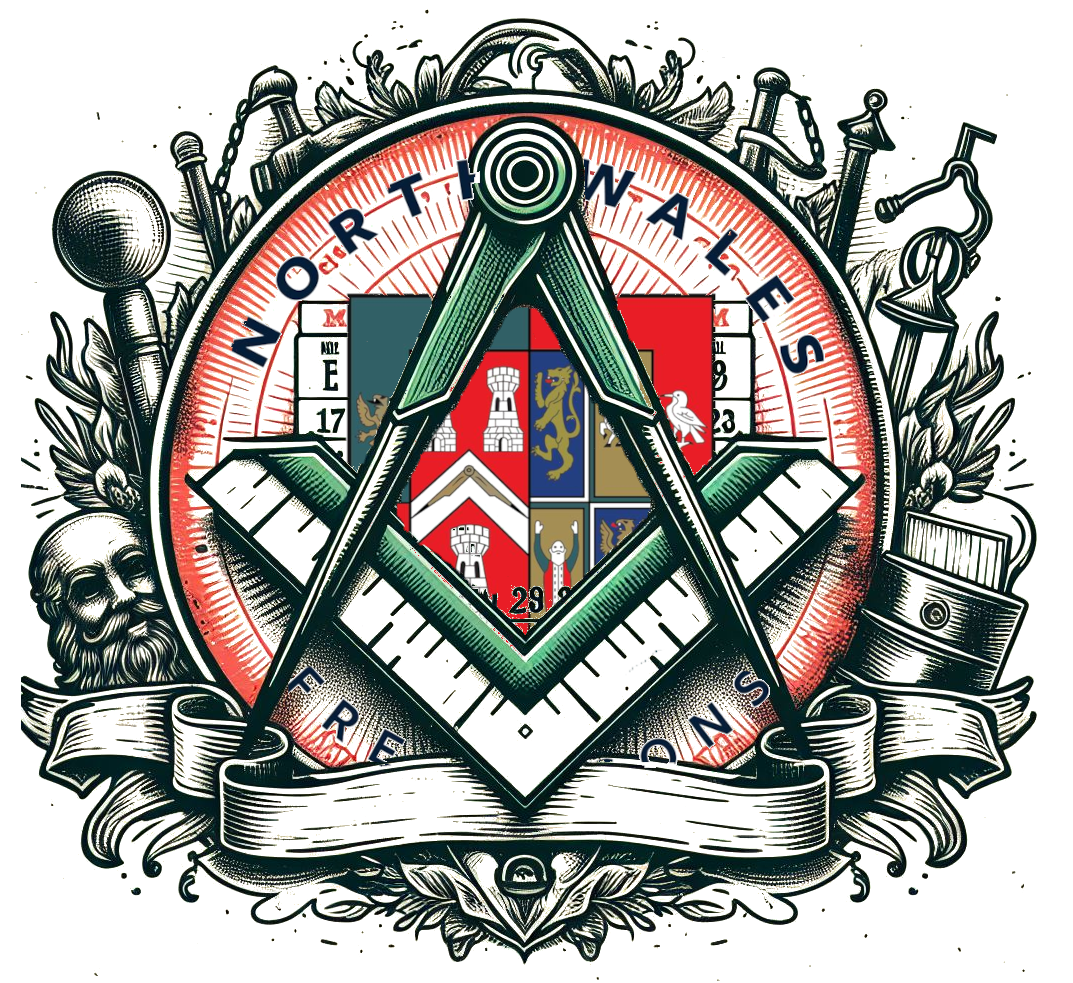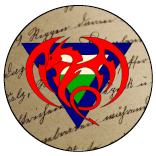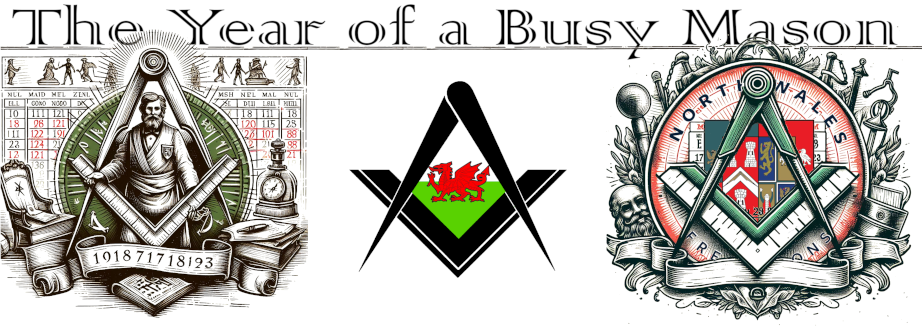This evening I had a little trip out to the coast out by Colwyn Bay to visit Dinorben Lodge for the first time.
I had been booked to give a talk on behalf of the North Wales Association of Masonic Study (NWAMS). The NWAMS was formed 60 years ago for the purposes of nurturing and fostering Masonic research through the dissemina-tion of Masonic Knowledge throughout the Province particularly as regards symbolism, history and esoteric meaning. The Association achieves this through its team of approved Lecturers and by supporting re-search by individuals or groups. I have been an approved NWAMS Lecturer since 2021, although I have been giving talks to Lodges since 2017,
The talk the Lodge had selected this time was titled “Widows Sons – Outlaw Bikers or Masonic Ambassadors”, which was a bit of a coincidence since last month my book of the same name was the Number one Freemasonry book on the UK and US Amazons.
It was a very enjoyable meeting in what has to be the largest Lodge room in North Wales, followed by a lovely meal at the local cricket club.
Update Count:- Attended/Total
10/11 – Meetings
03/03 – Visits
09/11 – Rehearsals
06/06 – Committee
03/03 – AGM’s
01/01 – Social
Masonic Halls – 9


Freemasonry (Craft)
One of the oldest social and charitable organisations in the world, Freemasonry's roots lie in the traditions of the medieval stonemasons who built our cathedrals and castles.
It is here that a number of the famous elements of Freemasonry find their roots. In the medieval era, stonemasons often travelled around to find work in different locations. To demonstrate their level of qualification, they would use grips, words and signs in order to distinguish themselves from unqualified builders.
Freemasonry uses building analogies to teach members how to lead productive lives that benefit the communities that they live in. In the medieval era, stonemasons wore aprons and gloves to protect themselves while working on shaping rough pieces of stone, but in today’s society Freemasons meet to build friendships and communities rather than cathedrals and castles.

